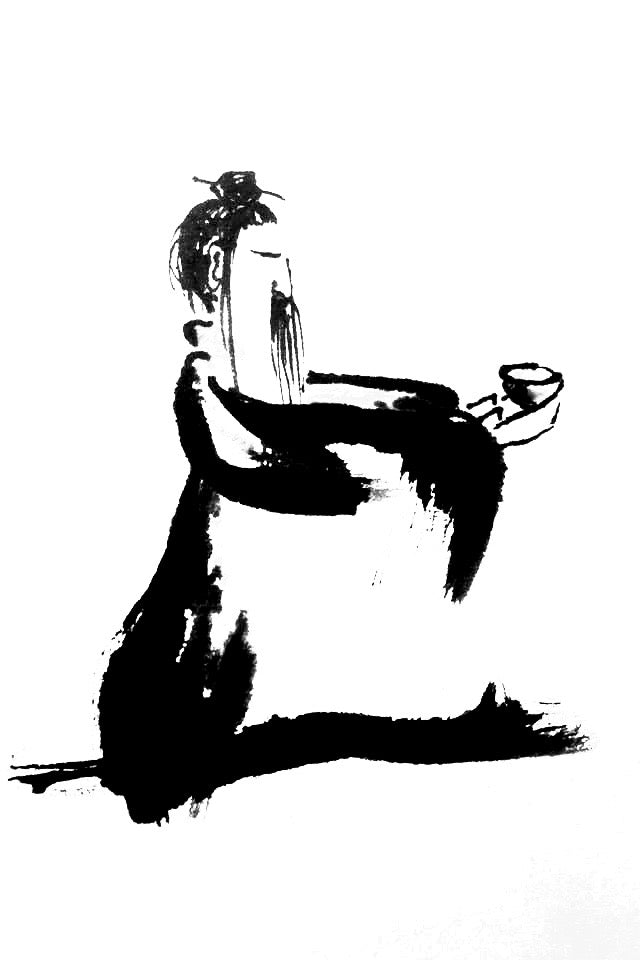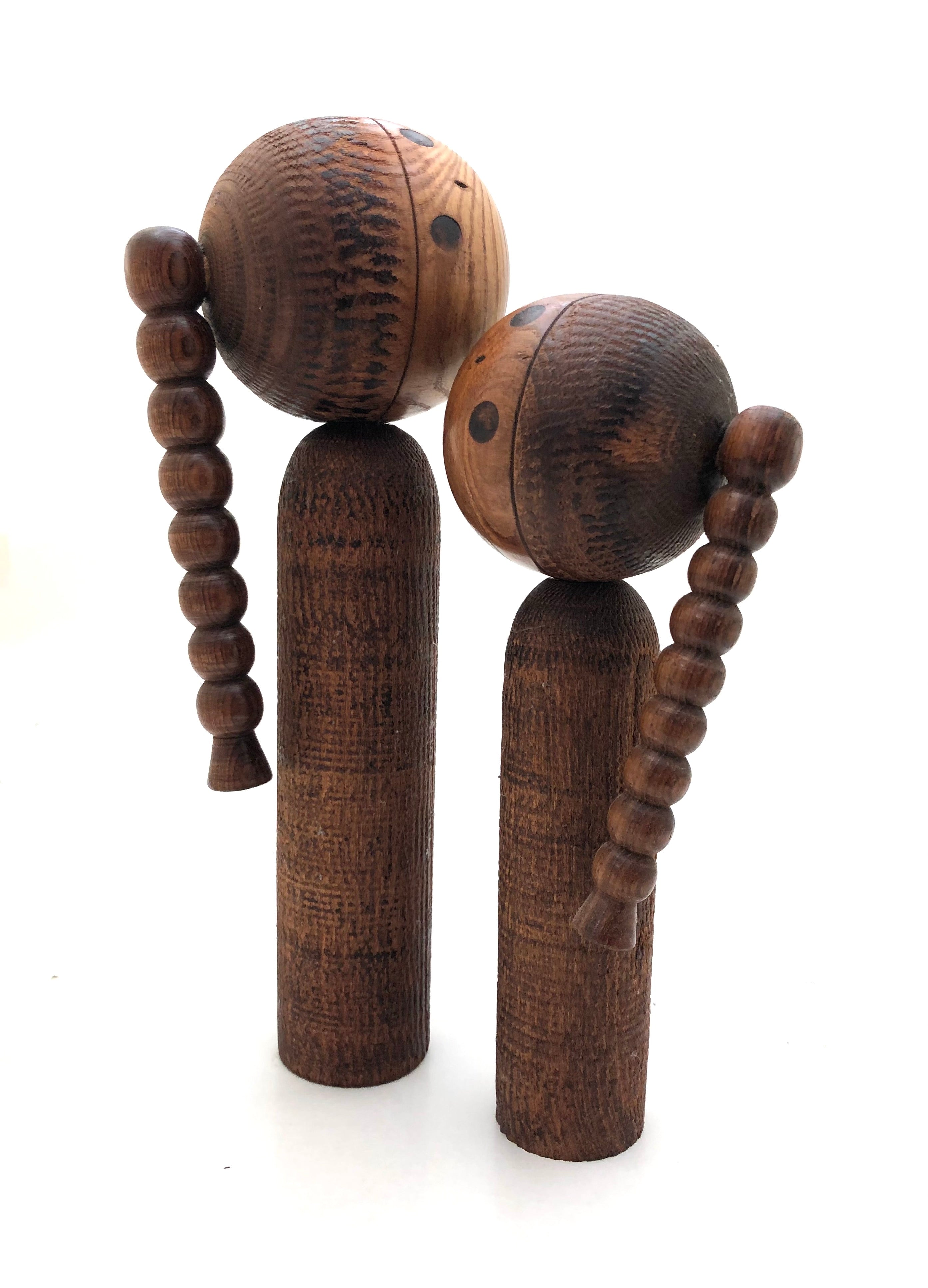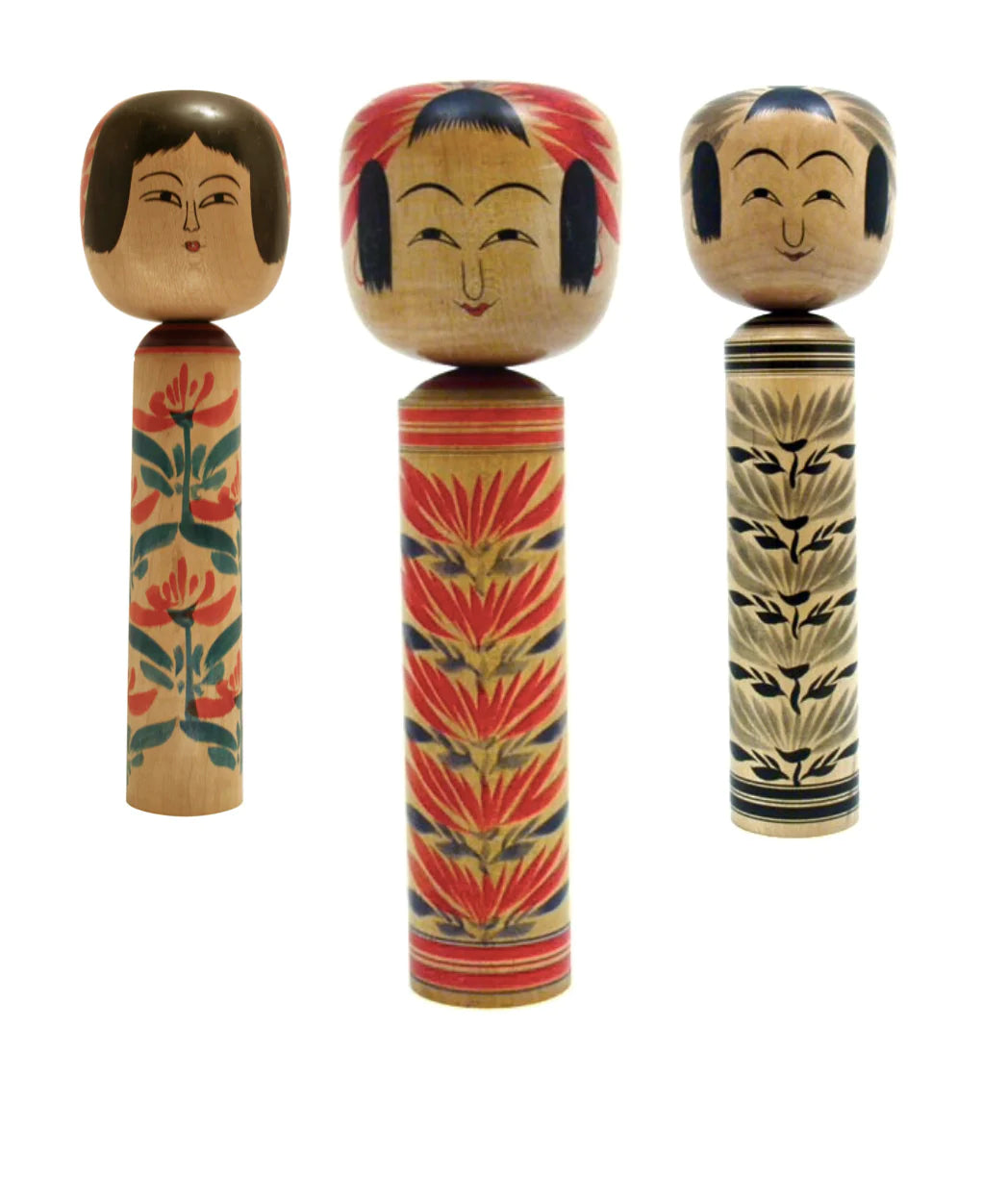









Collection of Five Japanese Studio Pottery & Porcelain, (tōjiki), Teacups | 20th Century
Images #1-1a — (Main Image) — Purchased in Kyoto from a Tōjiki Collector/Merchant who specializes in wonderful pottery and porcelain from well-known artists and National Treasures from different kilns throughout Japan. Shown are one pair and three individual pieces from his shop showing different techniques and glazes that were purchased in 1998. The Kirkwood box is not original to any artist but was part of the purchase and has writings from different kilns. This would be an excellent and very special gift for the avid tea drinker or one who appreciates the uniqueness of pottery by highly prized artists who made one-of-a-kind objects that have been treasured and appreciated in the tea-drinking world.
Images #2-3 — Houan Nakazato, (Toroemon XIII) | Karatsu-Yaki Studio Pottery Teacup | 2000
This is a Karatsu-Yaki Sake Cup by Houan Nakazato (Taroemon XIII). It was purchased at the Nakazato family kiln, (kama), in Karatsu, on the southern Island of Kyushu. This beautiful, classic-shaped teacup has a warm white and brown glaze, in which the brown feathers around the lip extending onto both the interior and exterior surface. The bottom is unglazed and shows the “three-dot” mark, (Kamajirushi), of Houan Nakazao, Toroemon XIII, born in 1923. He assumed his title after the passing of Muan Nakazato, Toroemon XII in 1985. Houan Nakazato was designated a “Living National Treasure” in 1976, and in the process returned Karatsu-Yaki to the forefront of Japanese ceramics. Dimensions: 3-1/4”h x 5” dia.
Images #4-5 — Japanese Hagi-yaki Single Tea Cup | Contemporary Studio Ware / 1998
The second cup is a truly wonderful Hagi-yaki teacup, with a cream base of fine crackle glaze, beautiful to the touch with shallow ribbing under the glazed surface.
The charm of Hagi-yaki pottery lies in the texture of the clay and glazed surfaces, and in this case, the bottom of the piece and foot is unglazed. This results in another interesting characteristic, that is, that its color and tone change with use, especially if used to drink tea. The piece expresses a certain “simplicity” based on the original standards of its style, the characteristic of the clay, and the glazing technique. Thus, Hagi-yaki pottery has been widely appreciated by experts of the tea ceremony. It has the signature notch on the foot indicating Hagi ware. Dimensions: 3-0”h x 2-3/4” dia.
Images #6-7 — Japanese Sake Cup | Simulated Bento Box Stitch Pottery | Karatsu-Yaki Contemporary Studio Ware | 1998
The third piece is a truly unique approach to the design of a Karatsu-Yaki teacup. Its base color is a grey cream, beautiful to the touch with shallow ribbing under the glazed surface. An interesting technique to this particular piece takes its inspiration from the bento box, which is made from thinly shaved perfectly straight wood is held together with pegs or fashioned joints. This Sake cup simulates this age-old construction with the overlapping pottery pieces, held together with buttons/dowels representing the joint, or union of the two sides. The stylized feet are beautifully fashioned, celebrating the piece and giving the bottom further dimension and character. There is an unidentified impressed makers mark incorporated into the bottom of the cup. Dimensions: 2-1/8”h x 2-1/8”dia.
Images #8-9 — Japanese Porcelain Tea Cups with Simulated Basket Finish | Contemporary Studio Ware | 1993
This wonderful and unusual pair of Porcelain Teacups, which are made for hot beverages having a double wall to keep the liquid warm and exterior touch comfortable while drinking. Each has a wonderful hand/feel, with a textured base and variegated finish of a rarely seen basket motif on the exterior of the body. The interior has a smooth fine white Porcelain finish making it easy to make fresh for the next cup. There is no indication of the maker or studio.
Vintage Condition of Each piece: Excellent, original condition, “as is”, and retains the original craft/workmanship. Any discoloration, chipping/cracking, surface wear, or structural damage is noted.
NOTE SPECIFIC TO HAGI WARE: Hagi-yaki pottery is influenced by Hideyoshi’s invasion of Korea in 1592. Hideyoshi ordered a Hagi lord, Mori Terumoto, to bring back two famous Korean potters, the brothers Yi Sukkwang and Yi Kyung, and made them establish kilns in Hagi. This is why Hagi-yaki pottery was also called Kourai, or Korean pottery.
Return Policy
Our antique/vintage pieces are identified/described and professionally photographed, and considered, “as is”, therefore all sales are final. Read our full refund and return policy.



